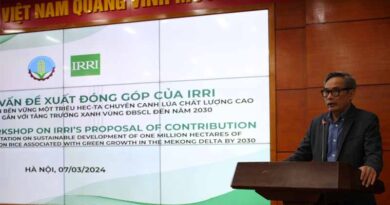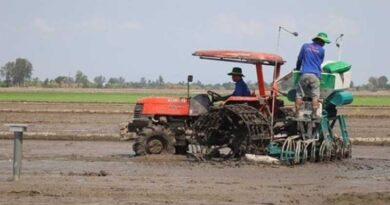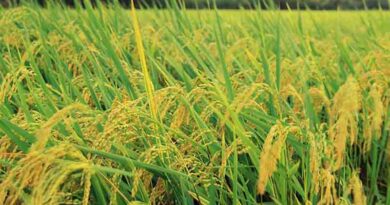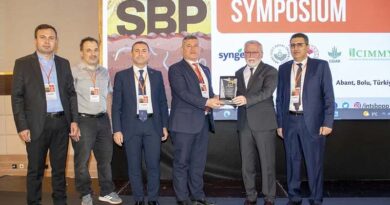Lessons learned from four low-emission technologies implemented by Thai Rice NAMA Project
05 February 2024, Thailand: The International Rice Research Institute (IRRI) recently held a workshop to share the data gathered and lessons learned from the implementation of low-emission rice cultivation technologies in Thailand’s CAPSAS provinces (Chai Nat, Ayuthaya, Pathum Thani, Suphan Buri, Ang Thong, and Sing Buri). The activity was organized under the Thai Rice NAMA Project, a Thai-German public-private initiative that aims to empower a shift toward low-emission rice production in Thailand by enabling farmers, supporting mitigation services, and formulating climate-sensitive policy at a national level.
The 2-day activity, held on 23-24 January 2024 in Suphan Buri, Thailand, was attended by various participants from the CAPSAS target regions. Day 1 was attended by representative agricultural officers from the Thailand Rice Department, Department of Agricultural Extension, Land and Development Department, and Royal Irrigation Department, while Day 2 was attended by representative farmers and local service providers.
Thailand is the world’s fourth-largest emitter of rice-related greenhouse gases, particularly methane (CH4) in irrigated environments. Rice is cultivated on roughly half of all agricultural land in the country and accounts for nearly 55% of emissions from agriculture.
The four low-emission technologies represent best practices by the project to improve rice yield and mitigate greenhouse gas emissions effectively. Namely, these are Laser Land Leveling (LLL); Alternate Wetting and Drying (AWD); Site-Specific Nutrient Management (SSNM); and Rice Straw and Stubble Management (RSM).
Some of the lessons learned that were shared and discussed during the meeting include:
- The project raised rice farmers’ awareness of how climate change effects, such as water scarcity, drought, air pollution, and other surrounding environments, can impact their rice cultivation, with consequences such as pest infestations, lower yields, need for higher amount of fertilizer application, etc.
- Rice farmers’ positive attitudes towards the project goals affected the adoption of low-emission technology (LLL, AWD, rice straw baler, no burning, soil testing, and fertilizer customization).
- Although farmers are willing, various factors limit their adoption of low-emission technologies and affect their decision-making, such as:
- LLL – land ownership, shortage of service providers, high cost, etc.
- AWD – water scarcity, uncontrolled irrigation, uneven rice fields, etc.
- SSNM – expensive and unavailable fertilizers, expensive soil test kits, etc.
- RSM – difficulties in collecting rice straw from paddy fields and transportation of rice bales to storage, lack of machines/equipment, lack of local service providers, limited storage of rice straw, etc.
The purpose of the lessons learned activity was to collect the experiences, knowledge, insights, understanding, and the positive and negative aspects of low-emission technologies from on-the-ground farmers and local agricultural officers. This data and its analysis are intended to inform and impact various issues, such as climate change perception, technical and content awareness, production implementation costs, demand and supply of local service providers, and socio-environmental factors, among others.
Day 1: Provincial agricultural officers



Day 2: Farmers and local providers



Also Read: Bayer announces Manoj Saxena as the Chairman and Chief Executive Officer of the Bayer Group in Australia and New Zealand (ANZ)
(For Latest Agriculture News & Updates, follow Krishak Jagat on Google News)















